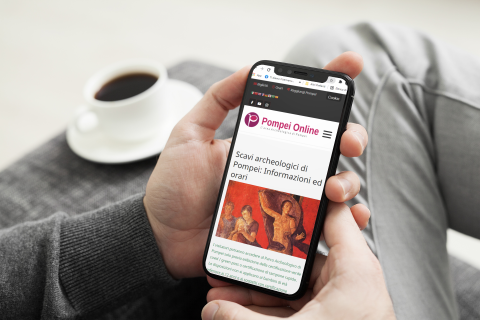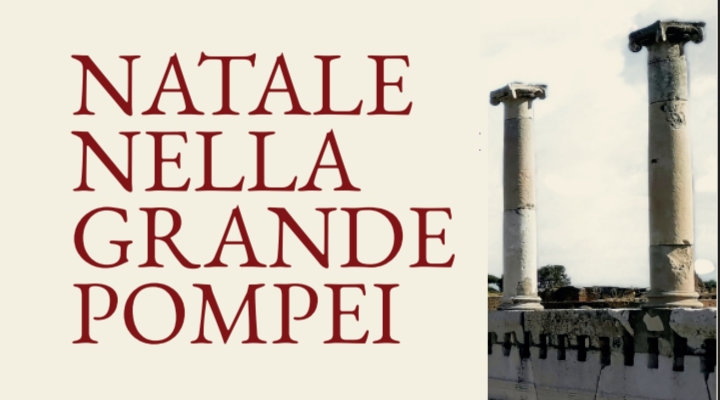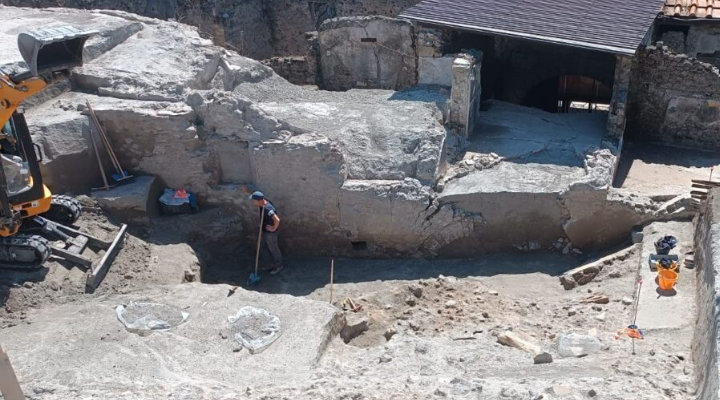
Before the discovery of Pompeii, information about Roman painting was scarce and fragmentary with rare examples limited to fragments of frescos found in isolated cases. The discovery of the city, with its rich pictorial heritage, has, however, allowed for a new debate to be opened on the whole issue of Roman art. On the basis of the studies carried out and the classification made by Vitruvio, the paintings are usually divided into 4 styles:
 |
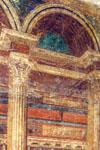 |
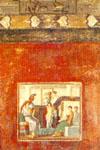 |
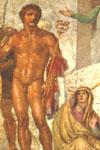 |
| I style | II style | III style | IV style |
1 style: known as "incrustation" or "structural" style. It was commonplace between the 2nd century and the middle of the 1st century B.C. It is a simple and bare style of painting: through the use of plaster and colours in which black, yellow and red predominate, it tends to imitate marble panels. II style: it lasted until the middle of the Ist century A.D. It is known as architecture in perspective or simply architectural since, as well as faking marble facings, it reproduces colonnades, arches and buildings seen in perspective. The result is an imaginary space with increasing or decreasing effects. The great cycle of the Mysteries in the villa of the same name belongs to this period. At its most advanced stage, glimpses of the countryside are painted between the imaginary buildings. III style: is called "real painting" and belongs to the Ist century A.D. It sees a return to a simpler style in terms of the layout and stroke. The background becomes flat and is rendered with a single colour: the figures are embellished and the decorative elements
accentuated. The painting of the III style is also known as "Egyptianizing" in that the ornamentation often recalls ancient Egyptian motifs.
IV style: is known as "architectural illusionism" or "ornamental". Its characteristics recall the painting of the second period, but the composition becomes increasingly exaggerated and unreal. It almost seems as if there was an attempt to extend the walls through the creation of imaginary spaces. The decoration becomes, so to speak, baroquesque: the houses are filled with stuccos and overloaded with ornamentation, usually in demonstration of the opulent state achieved by the resident families. Friezes and festoons are abandoned.
Colours used in Pompei
117338 - Traces of ceuleum, the light-blue colour of mineral origin, also know as Pompeian Blue or Alexandrian Frit, utilised for wall-paintings. It came in irregular-shaped powdery pieces.
112228 - Large blobs of white colour made up of calcareous clay and remains of fossils were known as Attioru, the genitive name of the manufacturers, the Atii, whose shop was on the corner of Insula 2 of Regio IX, and which opened onto the busy Via di Stabia. This shop, which was explored in August of 1851 yielded remains of colour pigment, including white, pale and dark yellow.
112251 - Bits and pieces of rubrica, that is to say red ochre based on ferrous oxides and hematite, leaving stains on contact.
112265 - sandyx or syricum was a reddish colour artificially obtained from the calcification of yellow ochre (cerussa usta) and based on red lead oxide mixed with rubrica.
112257 - Yellow colour: According to Vitruvius (VII, 7) sil atticum was superior to any yellow ochre and was used extensively in the building trade.
117365 - Violet or purpurissum was a lacquer of animal origins extracted from the murex shells, and was used above all for cosmetics. It was produced in small cubes.
Bibliography: S. Augusti, I colori pompeiani, Roma 1967


